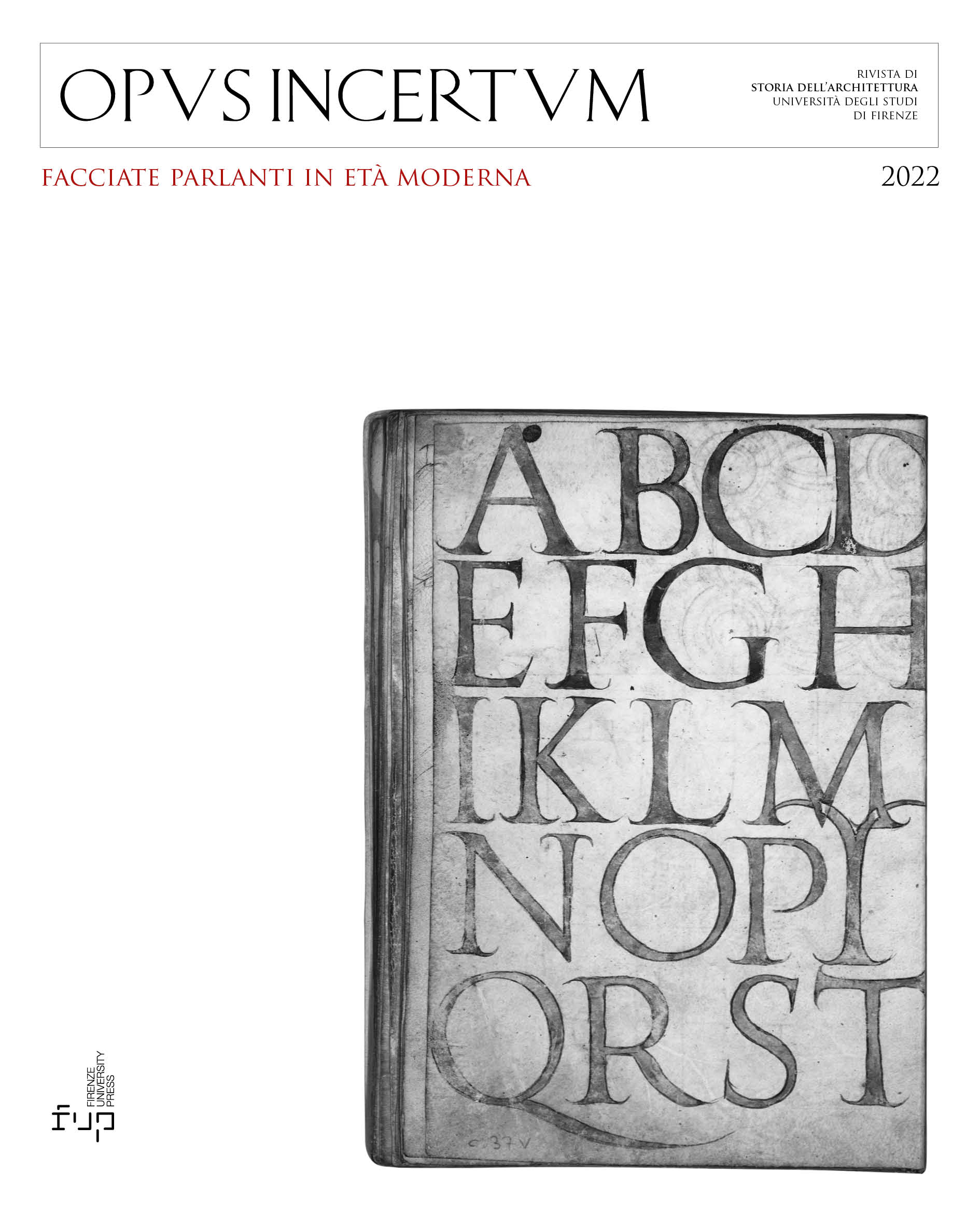HEC DOMUS EXPECTET: The Palazzetto Sander Façade and Constructing Sixteenth-Century German Identity in Rome
Published 2022-11-26
Keywords
- Palazzetto Sander,
- Johannes Sander,
- Renaissance Rome,
- Sixteenth Century Rome,
- Fresco
- Sgraffito,
- chiaroscuro ...More
How to Cite
Abstract
This essay examines the chiaroscuro motifs and inscriptions included on the palazzetto Sander on via Santa Maria dell’Anima that was leased and renovated in the early sixteenth century by Johannes Sander von Nordhausen (1455-1544). While past scholarship has illuminated Sander’s biography, little has considered how his role in Rome and in the church might have influenced the decoration of his dwelling’s façade given the difficulty in elucidating the chronology of its development. The general assumption is that Sander proved pivotal to its design, yet scholars tend to conflate past and present when attempting to discern between the original façade and its modifications resulting from late nineteenth-century restorations. Despite this challenge, the palazzetto’s façade merits further inquiry given its significant position both literal – abutting the German Nationalkircke of Santa Maria dell’Anima – and metaphorical – at the hub of German presence in sixteenth-century Rome. This essay thus revisits the façade’s chiaroscuro motifs and inscriptions to argue that it played a role in fashioning Sander’s public persona as patron, cleric, and German diplomat through the ‘artifice’ of antiquity.



